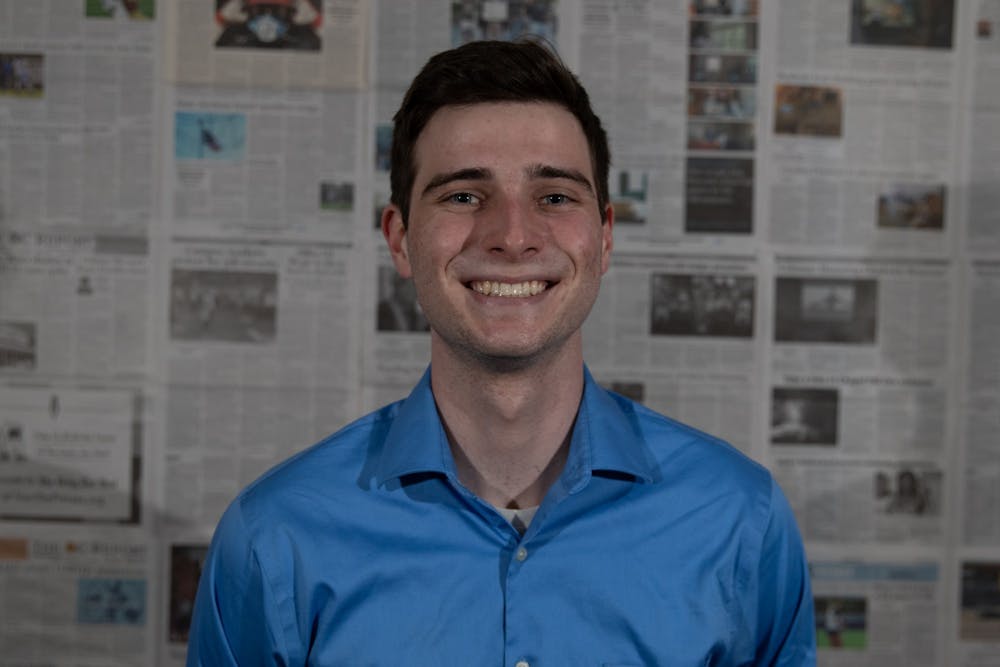Any sports fan will understand the rush of euphoria that comes with a mid-March push notification.
With the NCAA basketball postseason typically in full swing, seeing two sirens accompanied by all caps often leads to an impossible buzzer-beater or stunning upset that will be etched in your memory for years to come.
But on March 12, 2020, a different kind of alert came across my phone – one that I’ll never forget.
“BREAKING: NCAA cancels remaining winter and spring championships.”
The notion felt nearly impossible. Sure, rising COVID-19 concerns forced the NBA to suspend its season a day earlier, and it was already announced that NCAA Tournament games would be held without fans, but getting rid of the Big Dance altogether? That took the March sadness to an entirely new level.
At first, I was frustrated that my annual rite of passage was being taken away from me. But, as the pandemic worsened and so many people dealt with loss, grief and uncertainty, I realized that some things were more important than not being able to watch a senior hit a running floater to advance his team to the Sweet 16.
As the months progressed, live sporting events became more and more of a distant memory. In late May, however, a glimmer of hope arose when NBA Commissioner Adam Silver announced a tentative plan to resume the season at some point in the summer.
Many of the details — including forming a “bubble” to host games — seemed unfamiliar, but after doing nothing but random Sporcle quizzes for what felt like an eternity, I was going to buy whatever Silver was selling.
Finally, in late July, the NBA came back. Over the next few months, not only did the league provide an entertaining escape to all that had transpired, but also showcased a public health success story that the nation so desperately needed. In the three months that players isolated in Orlando, Florida, there were no new coronavirus cases at a time when the virus seemed increasingly unbreakable.




